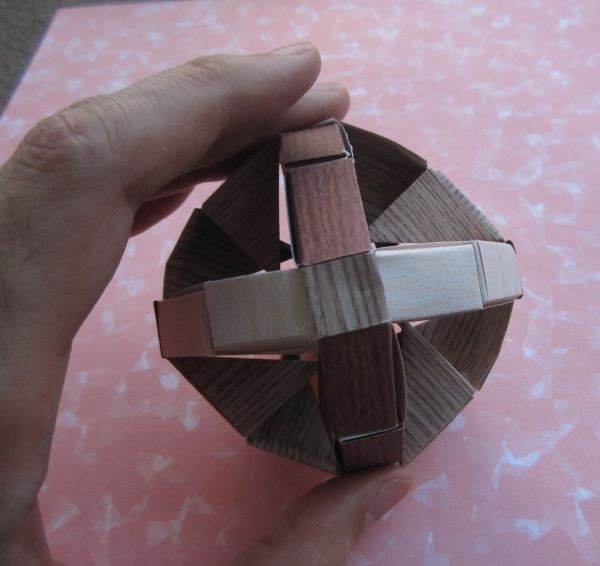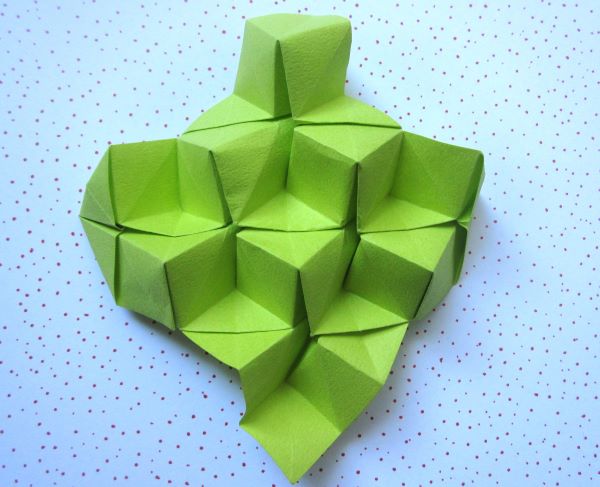This month, I wrote an article about the problems with the Asexuality Identification Scale.
Also, a funny thing happened. These link roundups often include some links to games criticism articles, which I get from Critical Distance. But the RSS feed had been broken for a few months, and I only just caught up on the backlog. So I guess several of these articles will be about video games.
As in previous months, I do not have any links relating to the current political trash fire, because I guess I do not feel inspired to comment on those stories. It’s a trash fire, that’s my comment.
Blunt-Force Ethnic Credibility | Som-Mai Nguyen (via) – This article thoughtfully discusses the low standards of publishers when they strive to represent the perspectives of ethnic minorities. For example, Penguin contracted with a prominent Vietnamese American writer to translate classic Vietnamese literature, even though he had no translation expertise, and was relying on a translation dictionary. The author also criticizes the trope of diaspora writers highlighting superficial aspects of their ancestral language as if they were really deep. In English, this would be analogous to marveling at the mystical connection between “big”, “beg”, “bog”, “bag”, and “bug”.
I could never muster such unwarranted confidence in speaking about my ancestral culture. Being Chinese does not inherently give me special insight into my ancestral Chinese culture! This mystical linguistic analysis of Asian languages strikes me as exoticizing, and overly idealizing. I’ve written a bit about my family history, and it’s impossible for me to idealize it. I mean, my great grandfather was a tobacco factory owner.


